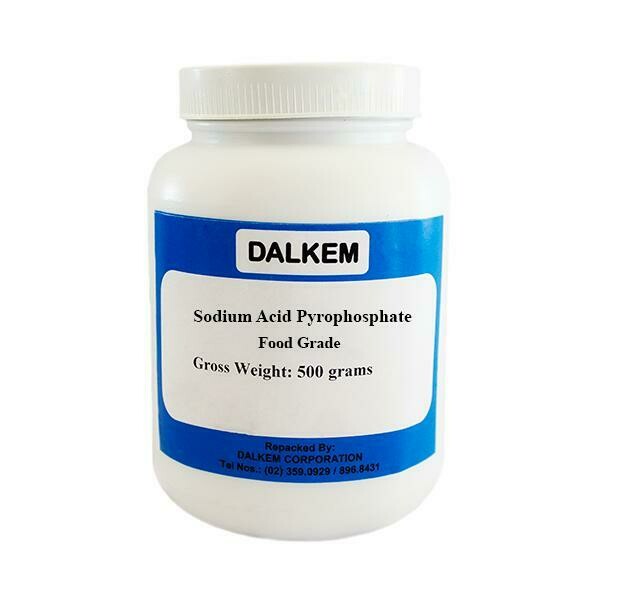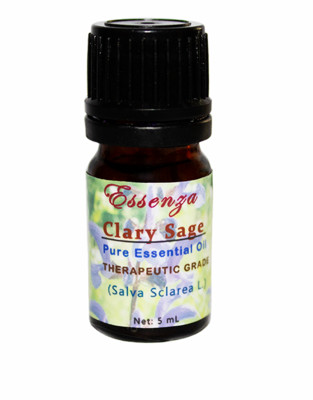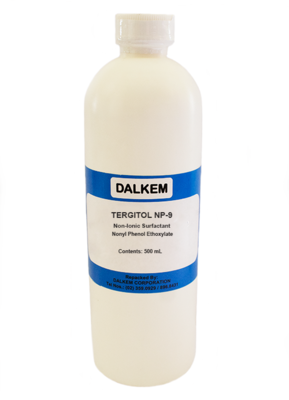Dalkem Sodium Acid Pyrophosphate (SAPP) Food Grade 500grams (G.W.)
Dalkem Sodium Acid Pyrophosphate (SAPP) Food Grade
CAS NO : 7758-16-9
E Number : E450
Appearance : White Powder
Other Names : Disodium Pyrophosphate, Disodium Diphosphate
Disodium pyrophosphate or Sodium Acid Pyrophosphate (SAPP) is an inorganic compound consisting of sodium cations and pyrophosphate anion.
It is a white, water-soluble solid that serves as a buffering and chelating agent, with many applications in the food industry.
When crystallized from water, it forms a hexahydrate, but it dehydrates above room temperature. Pyrophosphate is a polyvalent anion with a high affinity for polyvalent cations, e.g. Ca2+.
Food Uses
- Disodium pyrophosphate is a popular leavening agent found in baking powders. It combines with sodium bicarbonate to release carbon dioxide:
Na2H2P2O7 + NaHCO3 → Na3HP2O7 + CO2 + H2O
It is available in a variety of grades that affect the speed of its action. Because the resulting phosphate residue has an off-taste, SAPP is usually used in very sweet cakes which mask the off-taste.
- Disodium pyrophosphate and other sodium potassium polyphosphates are widely used in food processing; In the E number scheme, they are collectively designated as E450. In the United States, It is classified as generally recognized as safe (GRAS) for food use..
- In canned seafood, It is used to maintain color and reduce purge during retorting. Retorting achieves microbial stability with heat.
- It is an acid source for reaction with baking soda to leaven baked goods.
- In baking powder, it is often labeled as food additive E450.
- In cured meats, it speeds the conversion of sodium nitrite to nitrite (NO2-) by forming the nitrous acid (HONO) intermediate, and can improve water-holding capacity.
- Disodium pyrophosphate can leave a slightly bitter aftertaste in some products, but & quot ;the SAPP taste can be masked by using sufficient baking soda and by adding a source of calcium ions, sugar, or flavoring ."
Other Uses
* In leather treatment, it can be used to remove iron stains on hides during processing.
* It can stabilize hydrogen peroxide solutions against reduction. * It can be used with sulfamic acid in some dairy applications for cleaning, especially to remove soapstone. * Disodium pyrophosphate is used as a tartar control agent in toothpastes.






